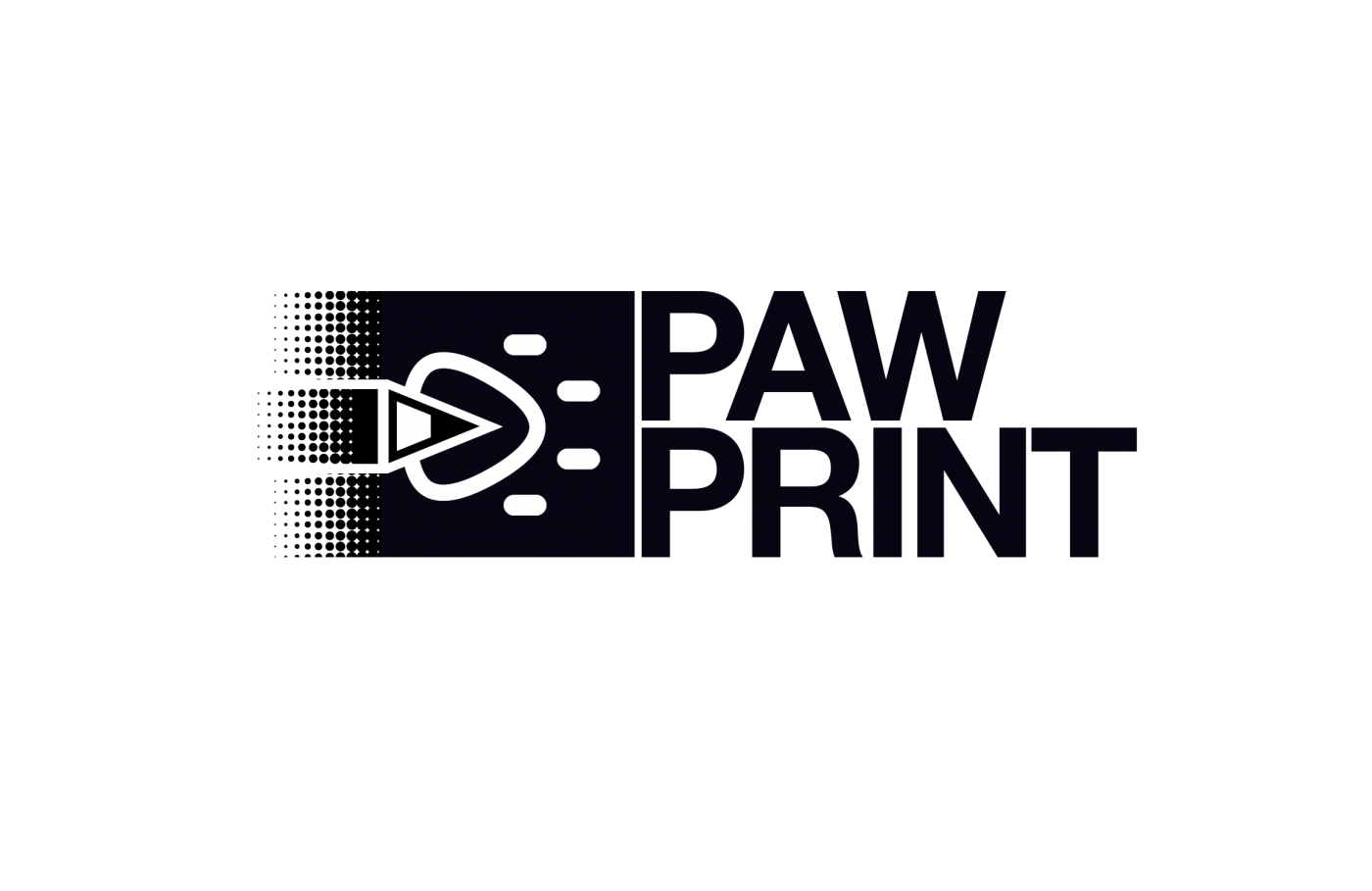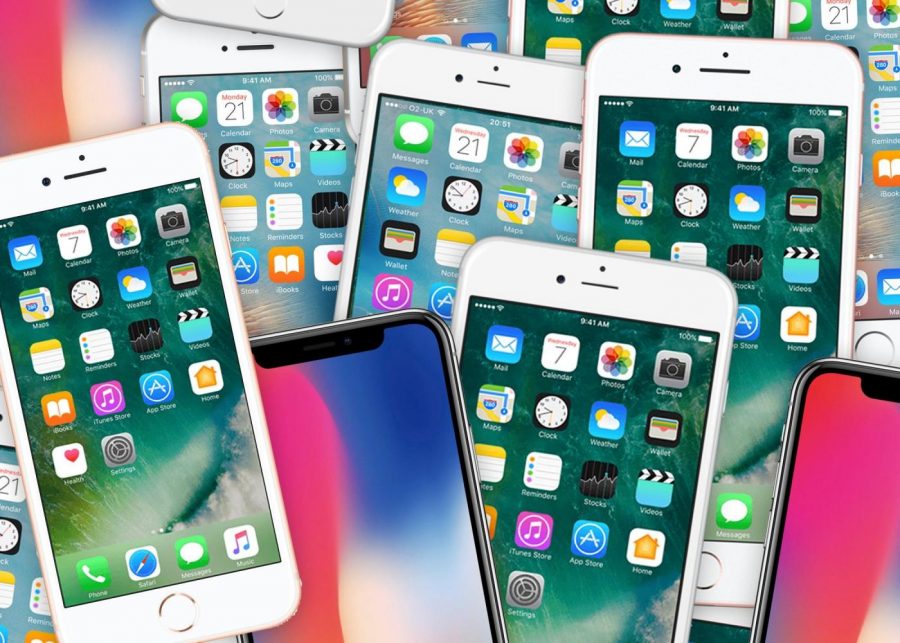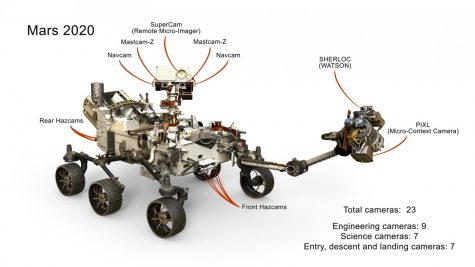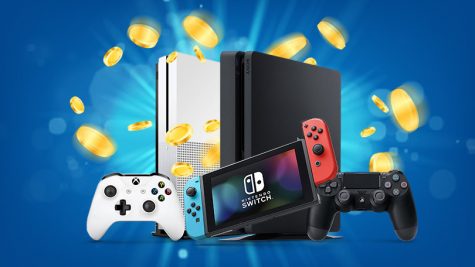Which iPhone is Right for You?
With the recent announcement of the iPhone 8, iPhone 8 Plus, and iPhone X, Apple has created the largest iPhone lineup currently available to date, with a whopping eight models currently available. In choosing the right iPhone, consumers must take into account their personal preferences, their proficiency with technology, their budget, and the numerous other factors which differentiate each model from its relatives.
The iPhone SE, first introduced in Spring 2016, is the cheapest model currently available, starting at $350 for a 32 GB configuration. It’s also the smallest, with the same 4-inch screen that previously dominated the iPhone 5 and 5S. Its design echoes the 5s similarly, with an anodized aluminum frame and chamfered edges. But don’t let its visual similarities to past models fool you; the SE is a surprisingly powerful and capable device. With a 2-year-old A9 processor and a 12-megapixel camera system (with the same sensor as the iPhone 6s), the SE still manages to nail processor benchmarks, run smoothly, and take great photos. For an iPhone traditionalist, or someone looking to get an iPhone at the lowest possible price, the SE is a strong contender.
The iPhone 6s, introduced in Fall 2015, shares the specs of the SE, but adds a few key features that, for many, justify a price bump of $100. The 6s is the cheapest iPhone to boast Apple’s larger 4.7-inch Retina HD display, and its bigger brother, the 6s, is the cheapest to have an enormous 5.5-inch screen, expanding the canvas of the phone and enabling greater productivity. The 6s’s headlining feature upon release was 3D Touch, a unique pressure sensitivity capability within its display. While 3D Touch may not be the deciding factor for prospective iPhone owners, it is certainly a convenience, and one which the cheaper SE lacks. An additional quasi-feature of the 6s is the inclusion of a headphone jack, a port famously removed with the introduction of the iPhone 7. To consumers like junior Kayla Andrews, who currently owns an iPhone 6, simply “be[ing] able to charge [her] phone and listen to music at the same time” make the 6s a good choice.
The iPhone 7, introduced just a year ago, is a comfortable middle ground for those who want a relatively new phone at a discounted price. Compared to the current flagship 8, the 7 is $150 dollars cheaper, but the two models’ design and features are near identical. Both have 12-megapixel, optically stabilized cameras, both have stereo sound, and both larger Plus models have an additional telephoto camera, enabling depth effects and better zooming. However, they both lack a headphone jack, a dealbreaker for those who treasure their standard headphones. While the 7 does come with an adapter to attach traditional headphones via Lightning, the experience is generally clunkier than on previous models. For those comfortable with this loss and looking for an iPhone cheaper than the $700 8, the 7 and 7 Plus are the phones to buy.
The iPhone 8 and 8 Plus are the newest iPhones on the market for now. At $699 for its most basic configuration, the 8 clearly isn’t a bargain, but it does have a few standout features to bring enthusiasts to the table. Everything about the 8 is better, if only slightly; its display is sensitive to lighting conditions, its cameras have been tweaked, new lighting effects have been added to its camera app, and its processor is the fastest in the lineup. These adjustments, considered independently, are only meaningful to power users, but taken together they push the lifespan of the iPhone 8 beyond any other iPhone available. Naturally, this is the case — this is the latest iPhone after all. Senior Michael Pinelli, an Android user, would “probably go for the 8… taking price into account,” a sentiment which echoes a large portion of Apple’s user base. Phone lifespan is a worthy consideration for customers with flexible budgets, who will likely flock to the 8 from 6 and 6s models.
As mentioned earlier, the iPhone 8’s position as the best model Apple sells is only temporary. It will soon be upstaged by the iPhone X, a crazy experimental dream-phone that costs a whopping $1000. Although Apple is pushing the X like crazy in ads, they are clearly marketing to an enthusiast demographic. The average Apple user simply doesn’t want a phone that costs more and chances the user experience in drastic ways. In spite of this sentiment, the X axes the familiar home button in favor of a series of swipe gestures, replaces Touch ID with facial recognition, and adds a host of niche features. That being said, the iPhone X is physically dazzling. Its edge-to-edge screen, combined with a polished stainless steel ring around its edge, create a design that rivals the best of Apple’s design catalog. It packs the specs of the iPhone 8 Plus in a conveniently smaller package, even outdoing the Plus with dual optical image stabilization in its camera system. It is by no means a bad phone, but for most people, it may not be the right phone. However, for a select few, including freshman Ben Joseph, the X stands out simply because “it will last [him] the longest of any iPhone currently available.”







